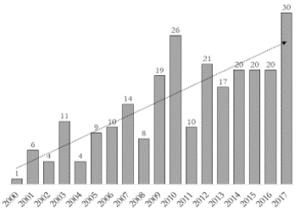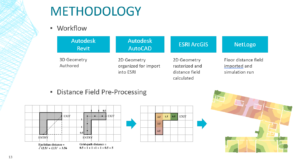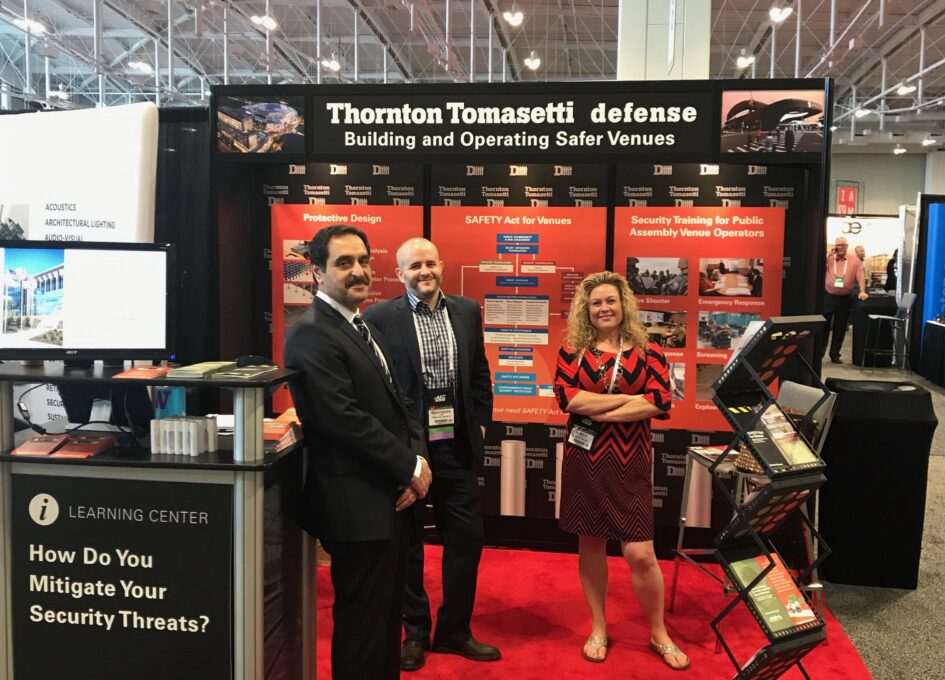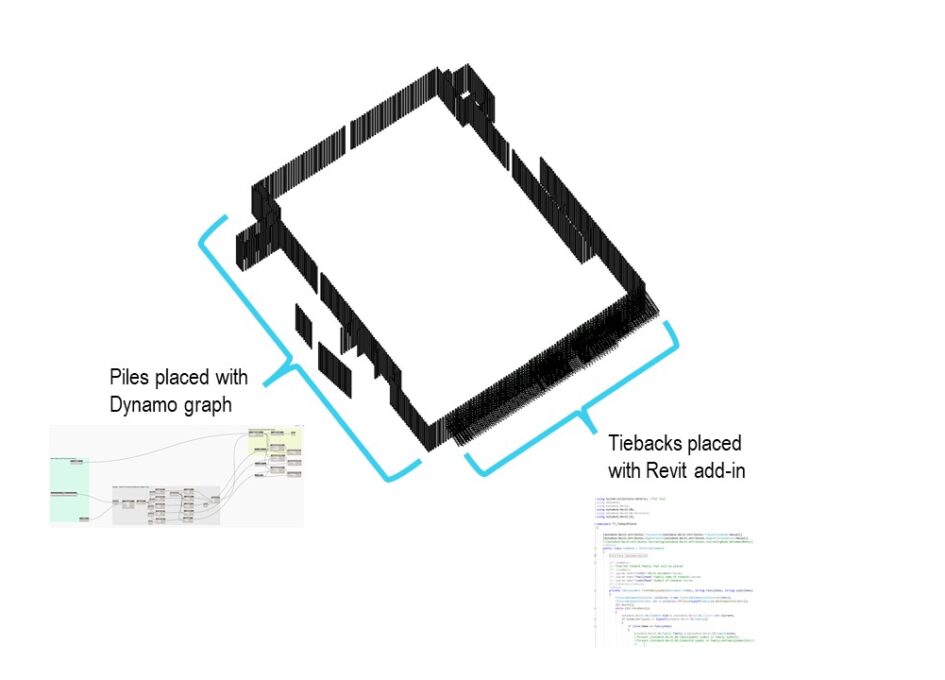My doctoral studies at George Washington University centered on this question
Does building geometry affect active shooter outcomes?
The backdrop of this study is the rise in active shooter incidents and other low-tech attacks on both civilian and government targets of various types. While the official active shooter data shown here represent only attacks in the United States, incidents such as the vehicle and knife attack in the Burrough Market in London show that this problem isn’t bound to just the US.

Additional context is the rise of performance-based design and the difficulty in applying “fortress” type hardened perimeter security approaches to public spaces and buildings that must have freedom of entry due to the nature of their function. Indeed performance-based design approaches can help us develop solutions when prescriptive standards are not effective and they can help us measure the impact of design changes on a variety of outcomes.
This study digs into brings together tactical literature, building design code and software with agent-based modeling approaches to test several design alternatives to determine if they have an impact on casualty rates of an active shooter event in the facility.
The study shows that building geometry does impact active shooter outcomes and that geometry changes as minor as door placement may also be beneficial. There were lots of interesting parts to this work:
- identifying key tactical geometry
- building the agent-based model of an active shooter and response (learning NETLOGO)
- identifying and building the simulation environment (Fun times in Revit and blowing the dust off my ArcGIS skills)
- parsing and presenting the results (NETLOGO -> Revit via Dynamo)
The full text of my dissertation is available here from GWU or here from ProQuest.



